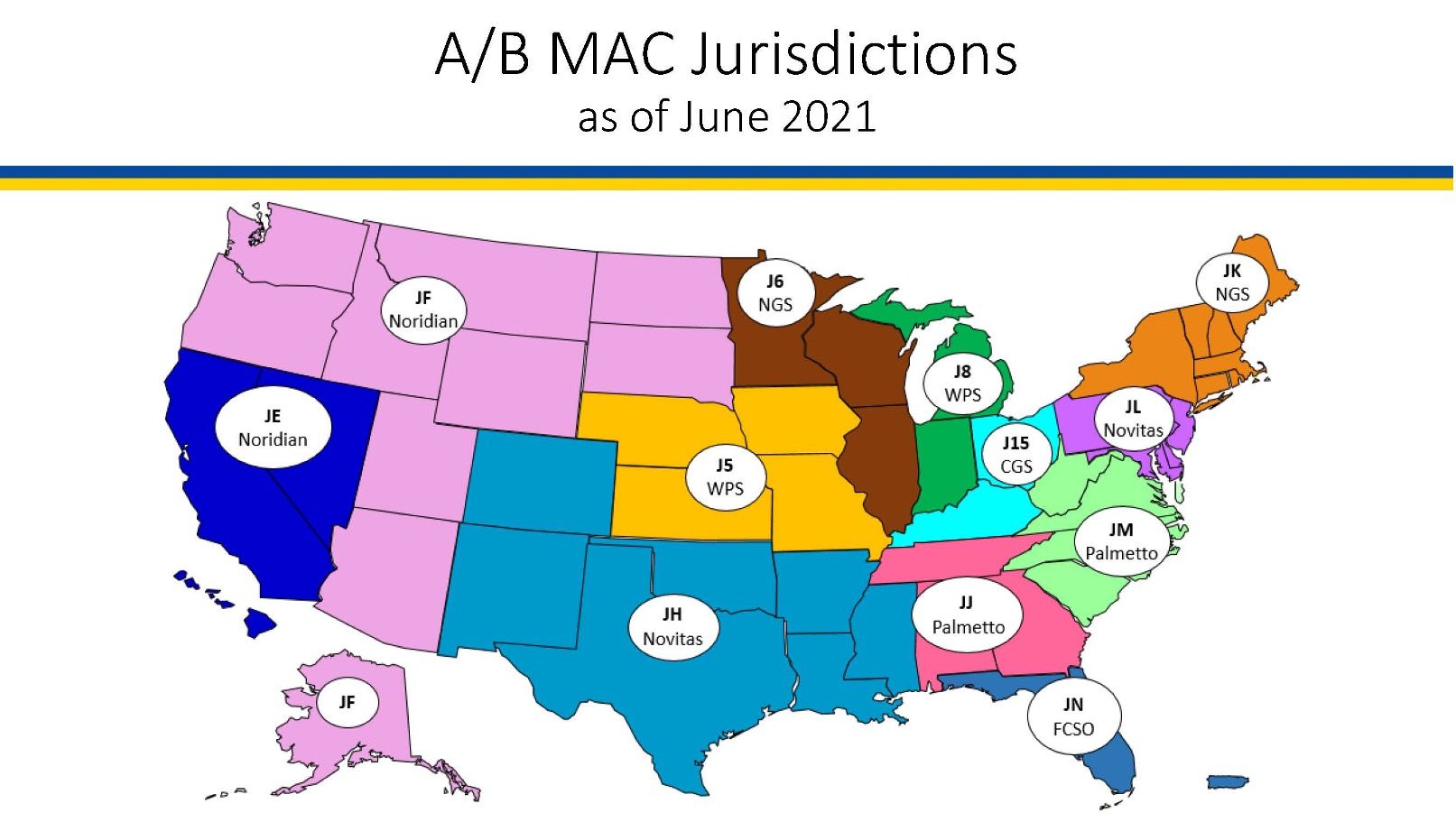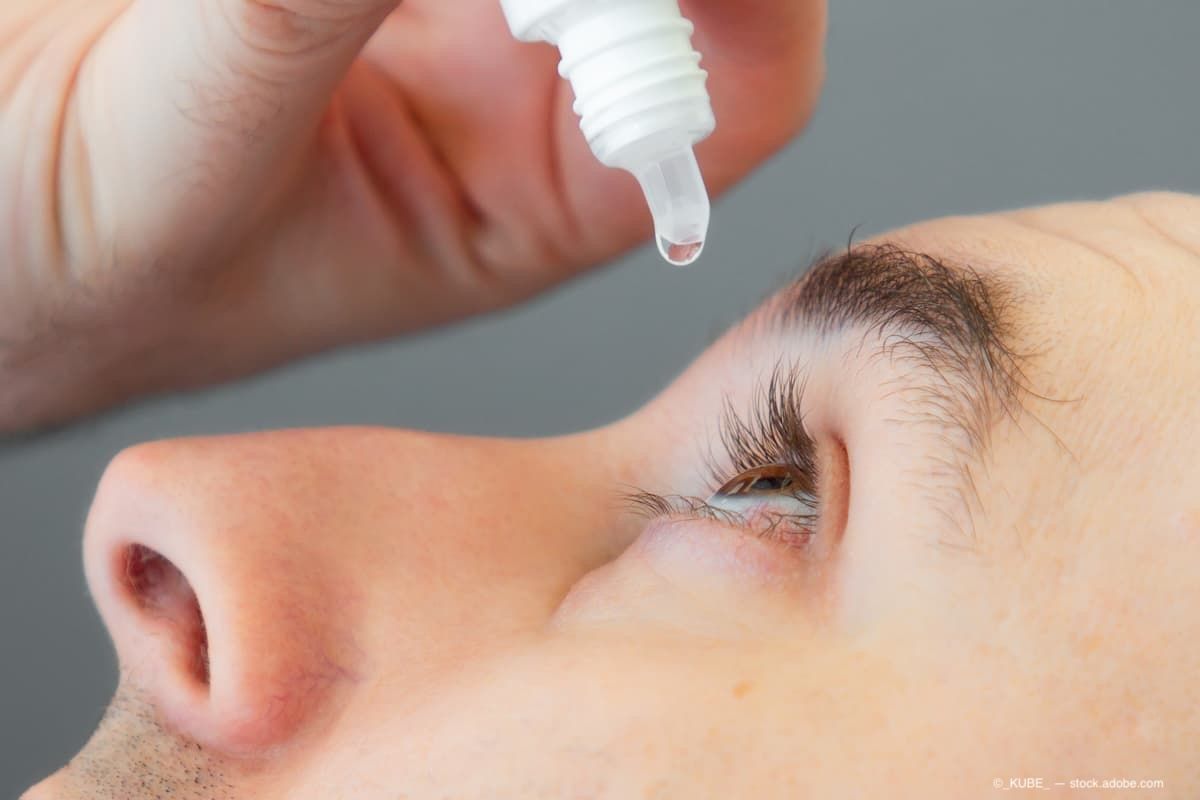Article
The latest on MGD reimbursements: LipiFlow and TearCare are still out-of-pocket procedures
Author(s):
Cynthia Matossian, MD, FACS, ABES, points out that there has been confusing news lately about what is (and is not) covered by Medicare when it comes to in-office treatments for meibomian gland dysfunction.
Seven MACs process Medicare claims across the country. This article is primarily about NGS, which covers the J6 and JL regions, shown on the map in brown and orange. (Chart courtesy of Cynthia Matossian, MD, FACS, ABES)

Editor's note: The views expressed in this blog are those of their respective contributor and do not represent the views of Ophthalmology Times® or MJH Life Sciences.
Special to Ophthalmology Times®
There has been confusing news lately about what is (and is not) covered by Medicare when it comes to in-office treatments for meibomian gland dysfunction (MGD). Recently, one of the large MACs (Medicare Administrative Contractors, or the companies that administer the Medicare program in each region) took steps to clarify the situation. But in typical MAC fashion, the “clarification” is pretty murky!
National Government Services (NGS), the MAC that covers New York, New England, and parts of the upper Midwest, recently removed 0207T and 0563T, the temporary Category III or “T” codes for LipiFlow and TearCare, respectively, from its published fee schedule. This is a positive development, because the presence of a fee schedule sometimes gets mistaken as a coverage decision.
Cynthia Matossian, MD, FACS, ABES

Moreover, NGS had previously published a ridiculously low payment amount for these codes, which caused some doctors to pause, as they assumed they would be paid at an amount that would not cover their basic costs, ultimately restricting patient access to these important MGD procedures.
Let us revisit how these codes ended up on a fee schedule. For years, these T codes were automatically rejected by NGS and the other MACs because they applied a blanket “noncoverage” decision to T codes. Since T codes did not appear on their fee schedules, patients typically had to pay out of pocket for the procedures.
To be clear, even when some MACs suddenly added 0207T and 0563T to their fee schedules, NGS had never issued a local coverage decision for these codes and was still routinely denying coverage for them. The MAC was simply trying to comply with the 21st Century Cares Act’s prohibition against blanket noncoverage decisions by adding lots of codes to its fee schedule. The recent removal of these codes from the schedule essentially telegraphs that the MAC is not covering these procedures, just like in the past. Similarly, Medicare does not cover the iLux procedure, which has an “unspecified” code, rather than a T code.
Real Medicare payment decisions for new medical procedures don’t just appear randomly on a fee schedule. They go through an exhaustive review by a committee of representatives from different medical specialties who analyze cost, time and medical expertise required and review clinical evidence from the scientific literature to determine the relative value of the device or procedure for patient care.
They are then announced in each region via local coverage decisions. Until that happens, we should continue to consider all of these MGD treatments as noncovered services and continue to offer them to our patients at a fair, out-of-pocket price.
It is still a relief to see an artificially low price removed from this MAC’s payment schedule. I hope this clears up some confusion about how NGS is handling things. And, hopefully, other MACs will soon follow that example. This way, doctors will know exactly what to expect and continue to provide these MGD treatments for their patients as a non-covered service.
Newsletter
Don’t miss out—get Ophthalmology Times updates on the latest clinical advancements and expert interviews, straight to your inbox.




